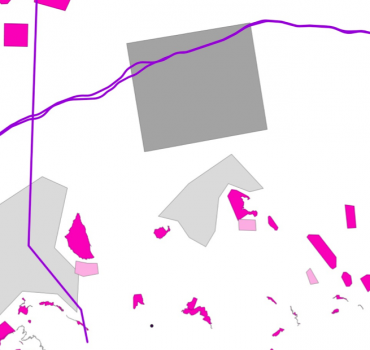Geospatial Information
When talking about geospatial information, we are referring to information that is bound to certain location in space. In a world full of data, the datasets including geospatial information are increasing rapidly. In modern day research, where the majority of datasets are in digital format, binding location information to the attributes is easier and more common than ever. Simply visualizing phenomena on a map may help to give new insights about the dataset and more sophisticated spatial analyses may be used to reveal more complicated spatial patterns and correlations. As tools for utilizing these datasets have become more accessible too, the utilization of geospatial information has skyrocketed during the last decades. This applies also to commercial purposes.
In future, the data availability is expected to increase due to the growing popularity of open access policies and data collection based on crowdsourcing. This could mean, besides increasing quantity of data, diversifying quality and variety of data as well. Therefore, the need of technical understanding on how to utilize these information sources is expanding as well. There is a need for GI specialists but also a need to educate the end-users of spatial data in order to utilize geospatial information efficiently. University of Turku, and especially its geography section, has a strong expertise in GI science and education.

